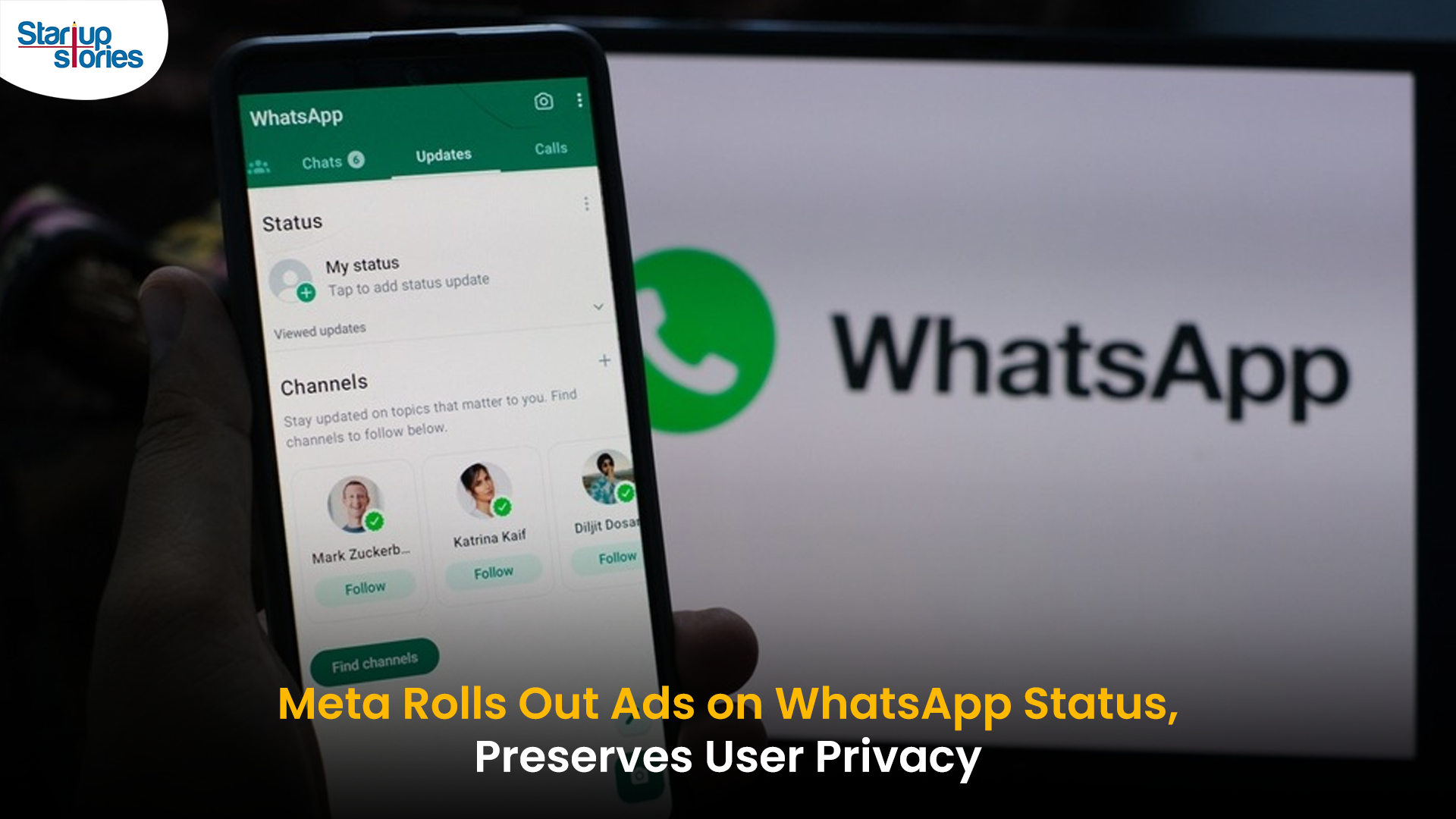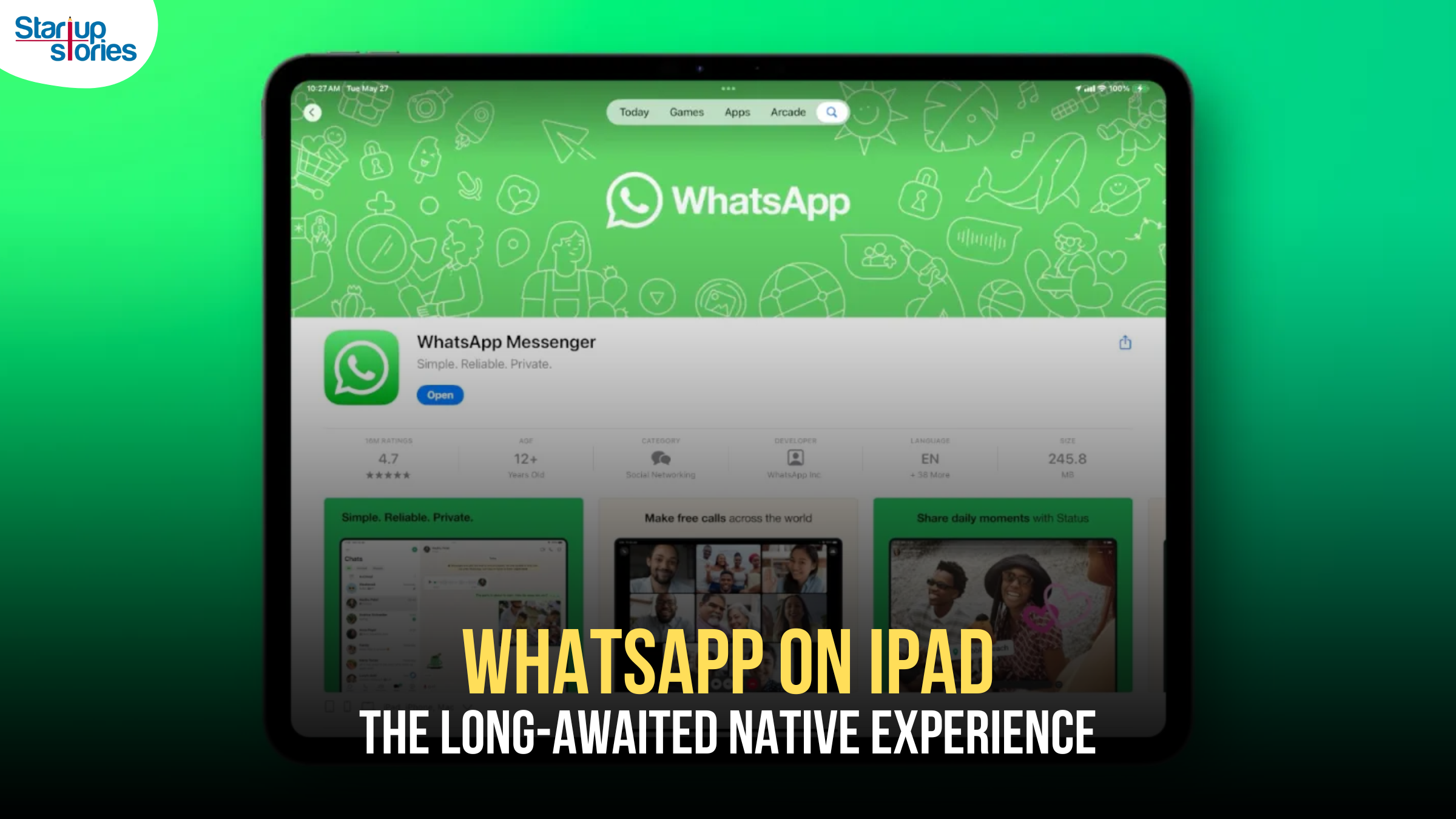Technology
Top 5 Messaging Apps In The Market Right Now

It has been a long time back when we all bid goodbye to emails and various other traditional ways of sending messages to each other. Now, the world has changed and thanks to the mobile messaging apps which made our lives turn to simpler. With a simple touch on the screen, one can instantly send messages to anyone on this globe. And it is also evident that our electronic devices like phones and laptops have almost become extensions of our hands.
Although there are numerous apps available, but only a few managed to top the list. Here, we list a few messaging apps to make your things get going easier.
1) WhatsApp
Found in 2010 by Jan Koum and Brain Acton, WhatsApp is ruling all over. Back then in 2009, the founders were politely declined a job by Facebook and now in 2016, Facebook acquired WhatsApp paying a whopping $19 billion marking the biggest acquisition till date.
With the largest group chat capacity of 256 users, Whatsapp proves to be essentially useful when one travels abroad when often mobile carrier problems arise.
You can write as well as draw on the content you receive and send it back with your own unique piece of art on it. Video calling in this app is my personal favorite feature. Simple to use by all the age groups.
Recently, the app added another feature of marking the important chats on the top of the list. Although it doesn’t support conference calling, it is a must app in today’s life.
2) Facebook Messanger
Sending videos and photos instantly became easy with the launch of Facebook Messanger. With HD voice calling services, you actually feel that you are having face to face conversations with family and friends. Calls are free but you will be charged for data when you aren’t on Wi-Fi.
An add-on feature of this messenger is that it does no require a cellular connection.
3) Viber
With more than 200 million users located in over 193 countries, Viber doesn’t just have the regular features of other messaging apps, it went a step further with many customized stickers and emoticons.
Drawing doodles on the photos are so much fun to do. This messaging app is known for its ease of use. You can also make calls to friends without Viber at low rates using the companion ViberOut feature.
4) SnapChat
There is no app as seamless as SnapChat when it comes to having inbuilt multimedia messaging that disappear. Yes, you heard it right. Messages sent with SnapChat self-destruct after all the recipients have viewed them. This feature led to some controversies at the beginning but gained popularity among the teens.
“Memories” feature in SnapChat allows you to save your snaps in a private storage area.
5) WeChat
Mostly used in Japan, China and Iran, WeChat has over 800 million active users monthly. The ‘Shake’ feature is an interesting way to discover new users and corporate accounts by just few shake of your smartphone. If you are not convinced with making new friends globally, you can pretty well opt for ‘Look Around’ feature to see who is nearby and send y our greetings with just a click.
Apart from these, the common features include video call, moments, voice chat, Web WeCHat, Group Chat,
These are the top messaging apps right now in the market. Do let us know in the comments section below about other interesting apps you use.
Technology
Jio Unveils Cloud PC Service to Bring Affordable Computing to Indian Households

- Jio Platforms has launched JioPC, a cloud-based virtual desktop service that transforms any television connected to a Jio Set Top Box into a fully functional computer.
- Users simply connect a keyboard and mouse to access a desktop-like environment, complete with web browsing, productivity tools, and educational apps—all without needing a physical PC or extra hardware.
- The service is device-agnostic and works with all consumer PC brands, making advanced computing accessible and affordable for millions across India.
JioPC is designed to support a wide range of activities, from professional work to online learning and creative projects. By leveraging Jio’s robust cloud infrastructure, users can run even compute-intensive AI applications directly from their TV screens. The platform also ensures data security and reliability, as all files and settings are safely stored in the cloud, protecting users from data loss even if their device is reset or replaced.
With JioPC, Jio aims to democratize digital access and bring high-performance computing to Indian households at a fraction of the traditional cost. The service supports popular productivity suites like LibreOffice and Microsoft Office online, and Jio is offering a free trial to encourage users to experience the benefits firsthand. This innovative move is set to reshape how people in India work, learn, and connect in the digital age.
Technology
WhatsApp Introduces Ads in Updates Tab, Keeps Chats Ad-Free

Meta has officially begun rolling out ads on WhatsApp, ending over a decade of an ad-free experience since its acquisition in 2014. The advertisements will appear only in the Updates tab, specifically within the Status feature, which lets users share photos, videos, and text updates that disappear after 24 hours—similar to Instagram Stories.
Where Ads Will Appear
- Ads will be visible exclusively in the Status section of the Updates tab, keeping personal and group chats ad-free.
- Businesses can use these ads to encourage users to interact via WhatsApp messaging.
- Meta is also introducing paid channel subscriptions and promoted channels within the Updates tab, allowing users to access premium content and discover new channels more easily.
Privacy and Targeting
Meta has emphasized that private messages, calls, and group chats will remain end-to-end encrypted and free from advertising. Ads will be personalized using limited, non-sensitive data such as location, language, followed channels, and ad interactions. Users can further manage ad preferences if they link WhatsApp to Meta’s Accounts Center.
User and Business Impact
The move marks a major shift for WhatsApp, which has long resisted advertising to preserve a clean messaging experience. While some users have criticized the change, Meta sees this as a significant opportunity to monetize WhatsApp’s 3 billion users and over 200 million businesses on the platform.
In summary, WhatsApp’s new ads will be confined to the Updates tab, ensuring personal messaging remains private and uninterrupted, while opening new monetization avenues for Meta and businesses.
Technology
WhatsApp on iPad: The Long-Awaited Native Experience

After years of anticipation, WhatsApp has officially launched a dedicated app for the iPad, finally giving users a seamless and optimized messaging experience on Apple’s popular tablet. Previously, iPad users had to rely on the web version, which lacked many features and was not designed for the larger screen. Now, with the arrival of WhatsApp for iPad, users can enjoy all the core messaging and calling features in a native, iPadOS-optimized environment.
How to Get Started with WhatsApp on iPad
Setting up WhatsApp on your iPad is straightforward. Simply download the app from the App Store, open it, and scan the displayed QR code using your smartphone’s WhatsApp app to link your account. This process mirrors the setup for WhatsApp Web and Desktop, ensuring your chats, calls, and media stay in sync across devices. The iPad app supports all key features, including individual and group chats, Communities, Channels, and both audio and video calls for up to 32 participants.
Enhanced Features and Multitasking
WhatsApp for iPad is designed to take full advantage of the tablet’s capabilities. It features a two-column layout, with recent chats on the left and active conversations on the right, making multitasking easier and more intuitive. The app supports iPadOS multitasking features such as Split View, Slide Over, and Stage Manager (on compatible models), allowing users to keep WhatsApp open while using other apps. Additionally, it works seamlessly with accessories like the Magic Keyboard and Apple Pencil, boosting productivity and creativity.
Privacy and Security
All messages, calls, and media remain protected with WhatsApp’s industry-leading end-to-end encryption, ensuring privacy and security across all linked devices. The iPad app also includes privacy features like chat lock, giving users peace of mind even if they share their device with others.
Conclusion
The launch of WhatsApp on iPad marks a significant milestone for Meta and its users. With a native, feature-rich app designed for the iPad’s larger screen and advanced multitasking capabilities, WhatsApp is now more accessible and convenient than ever for iPad owners worldwide. This move also signals Meta’s commitment to expanding its ecosystem, with rumors suggesting Instagram may be next in line for a dedicated iPad app. For now, WhatsApp on iPad stands as a welcome upgrade, enhancing how millions stay connected.














J88
November 5, 2025 at 2:48 pm
Đến với J88, bạn sẽ được trải nghiệm dịch vụ cá cược chuyên nghiệp cùng hàng ngàn sự kiện khuyến mãi độc quyền.
谷歌站群
November 6, 2025 at 6:55 pm
专业构建与管理谷歌站群网络,助力品牌实现全域流量的强势增长。谷歌站群
Kuwin
November 7, 2025 at 11:25 am
kuwin sở hữu kho game đa dạng từ slot đến trò chơi bài đổi thưởng, mang đến cho bạn những giây phút giải trí tuyệt vời.
ios超级签
November 10, 2025 at 8:38 am
苹果签名,苹果超级签平台,ios超级签平台ios超级签苹果企业签,苹果超级签,稳定超级签名
GO88
November 10, 2025 at 9:29 pm
Tham gia cộng đồng game thủ tại Go88 để trải nghiệm các trò chơi bài, poker phổ biến nhất hiện nay.
谷歌外推
November 12, 2025 at 8:48 am
采用高效谷歌外推策略,快速提升网站在搜索引擎中的可见性与权重。谷歌外推
MM88
November 12, 2025 at 10:03 am
Khám phá thế giới giải trí trực tuyến đỉnh cao tại MM88, nơi mang đến những trải nghiệm cá cược thể thao và casino sống động.
iwin
November 18, 2025 at 2:20 pm
iwin – nền tảng game bài đổi thưởng uy tín, nơi bạn có thể thử vận may và tận hưởng nhiều tựa game hấp
MM88
November 25, 2025 at 7:28 am
Với giao diện mượt mà và ưu đãi hấp dẫn, MM88 là lựa chọn lý tưởng cho các tín đồ giải trí trực tuyến.